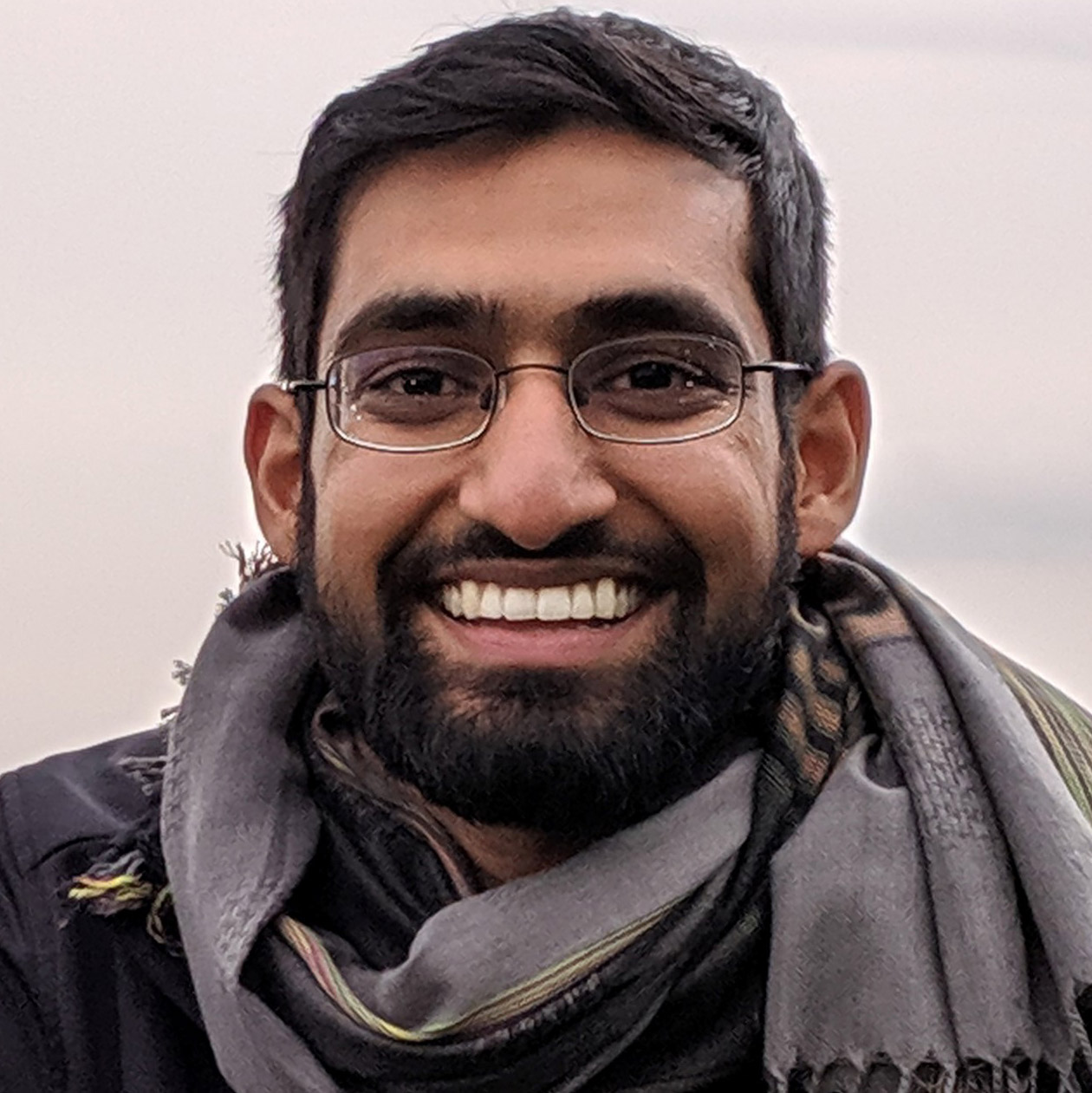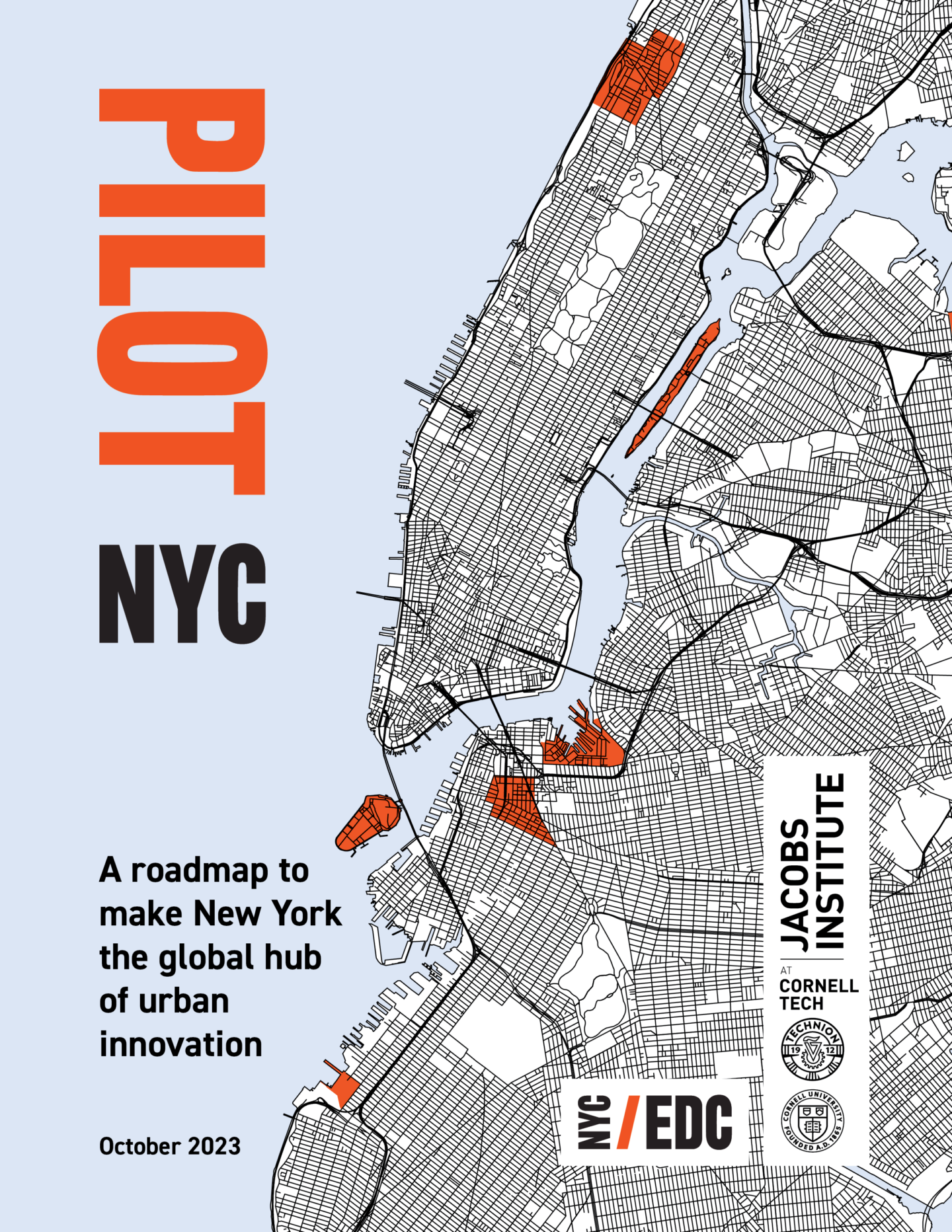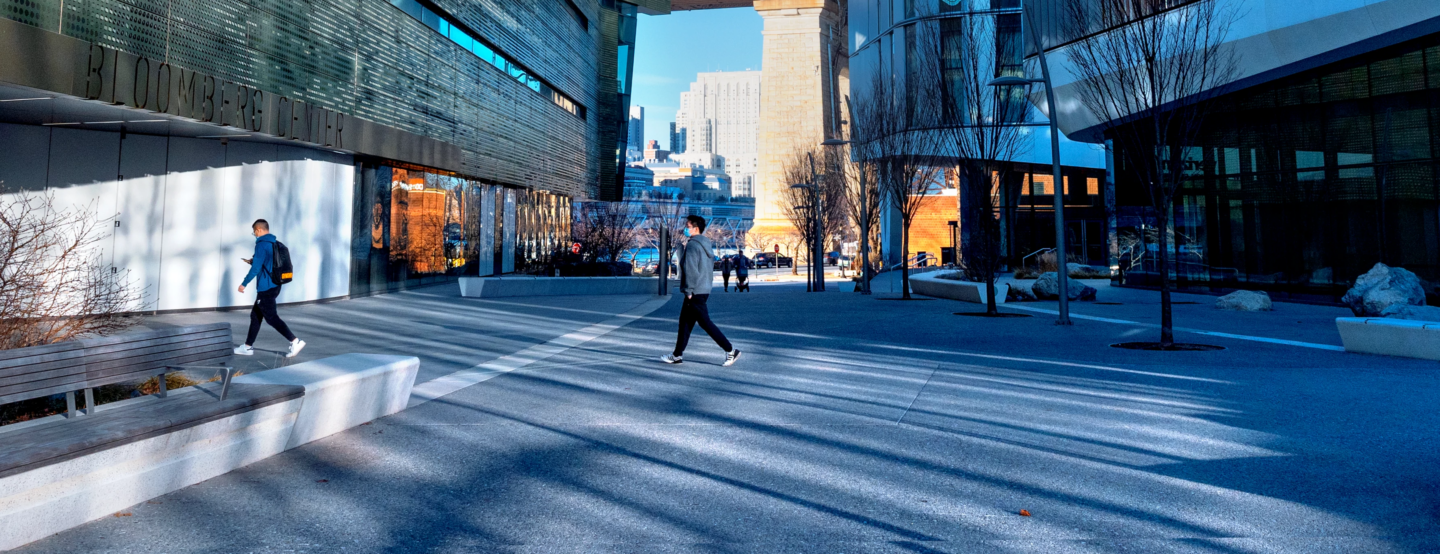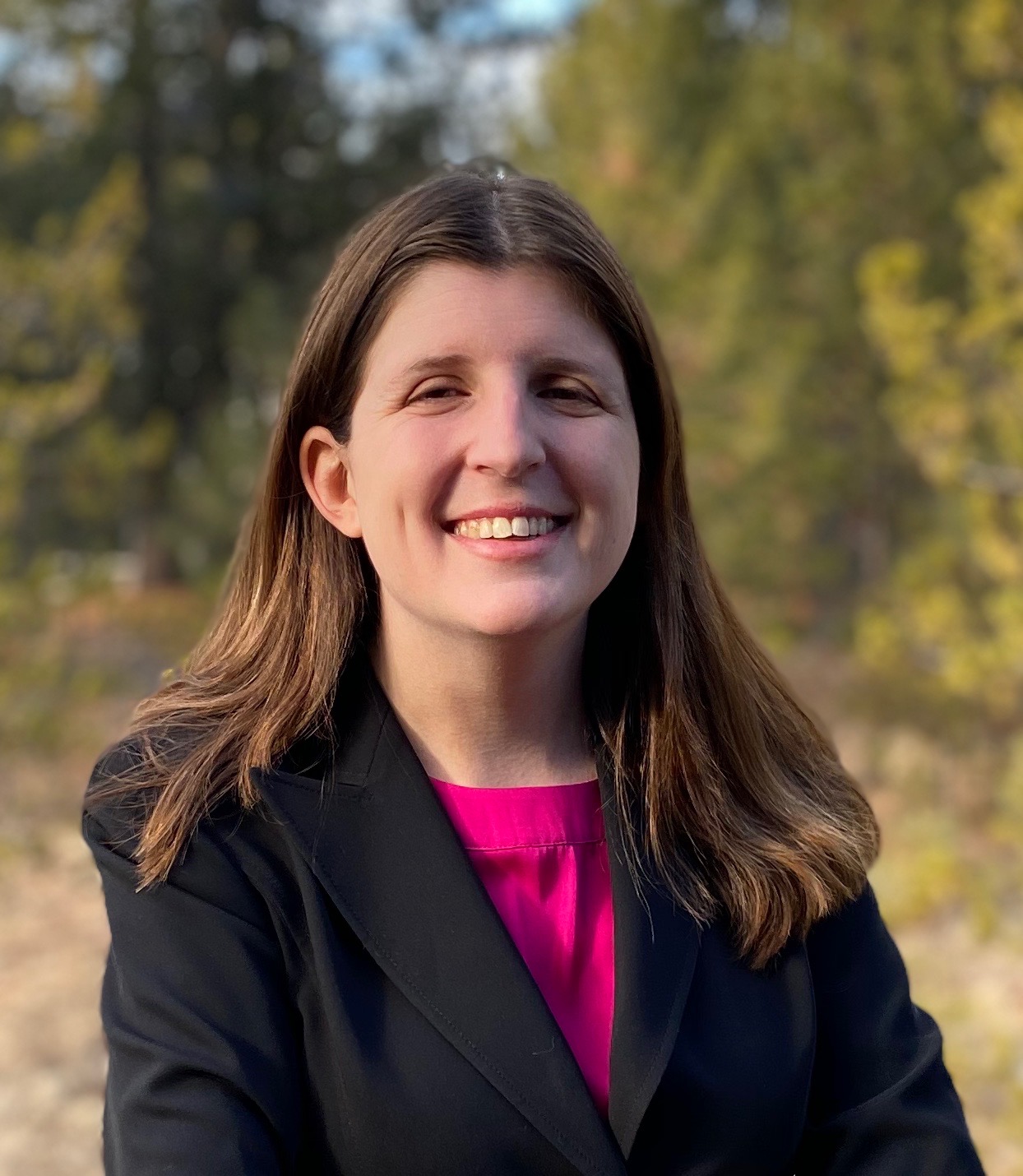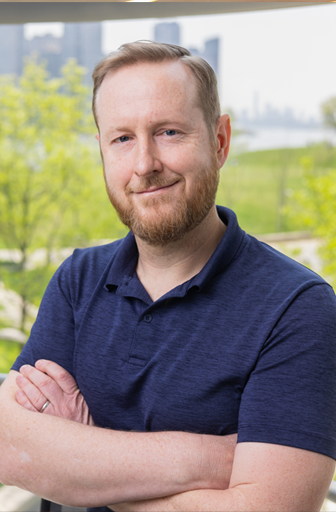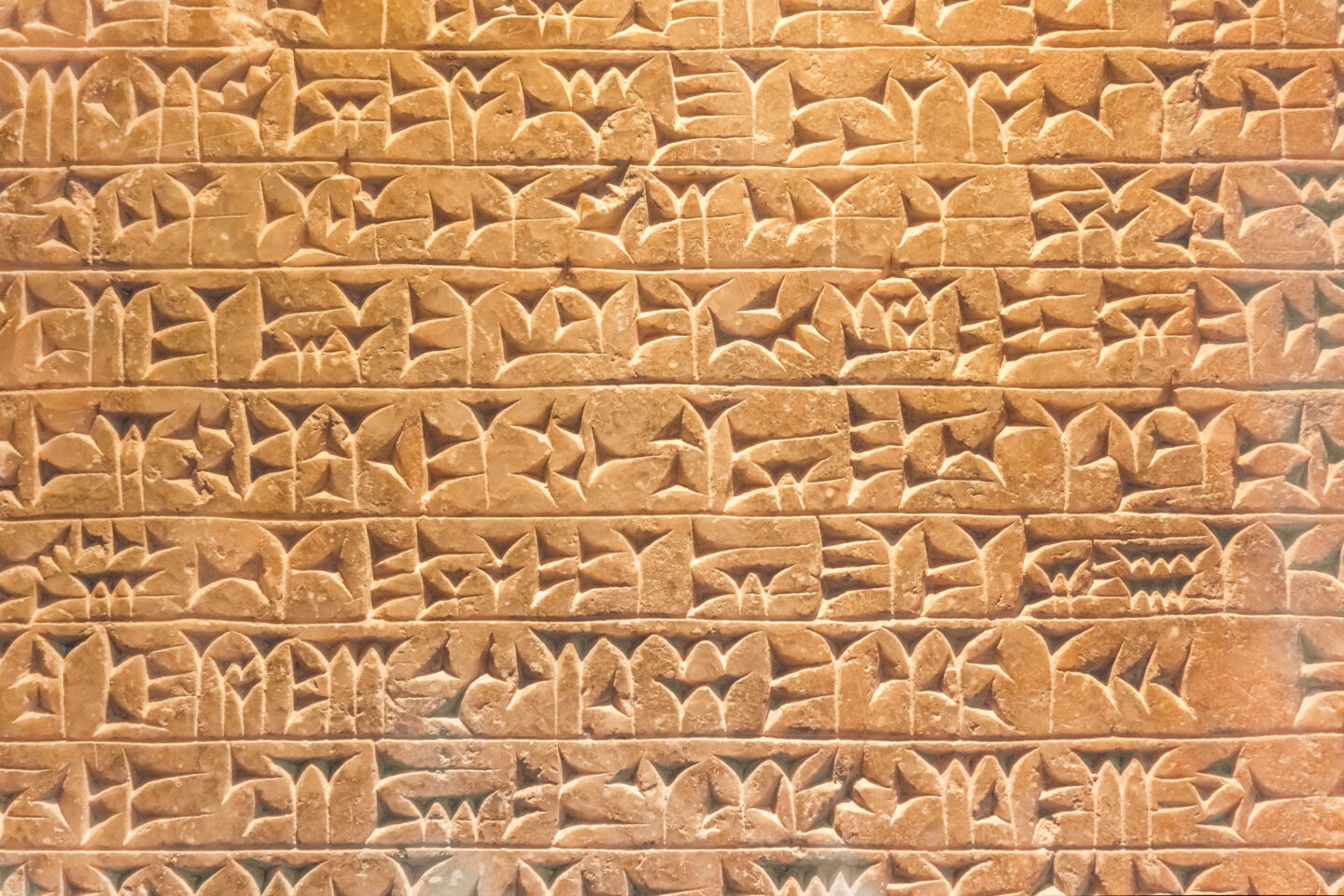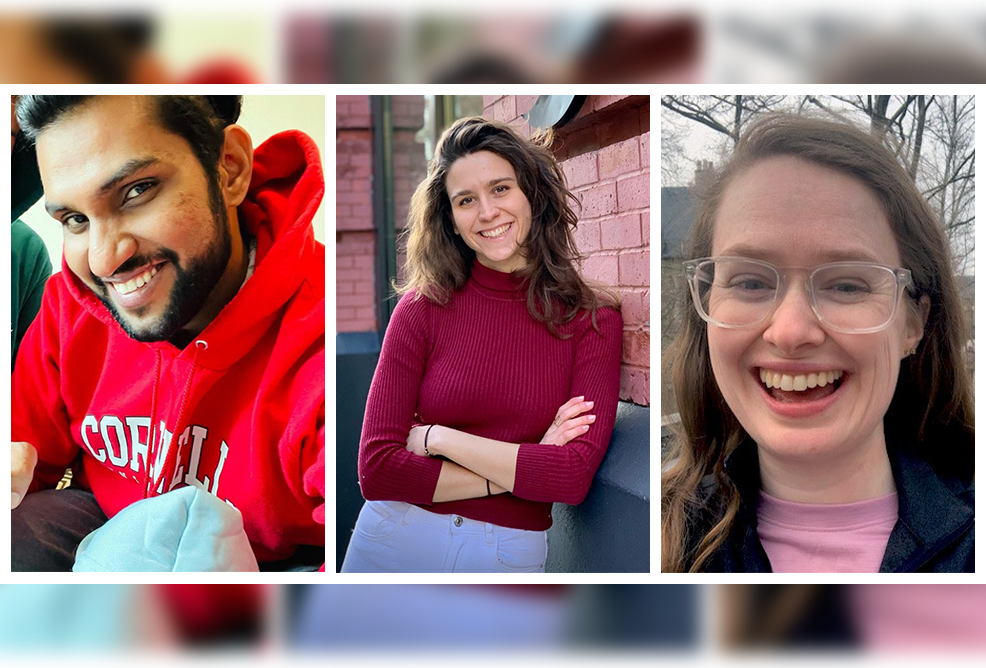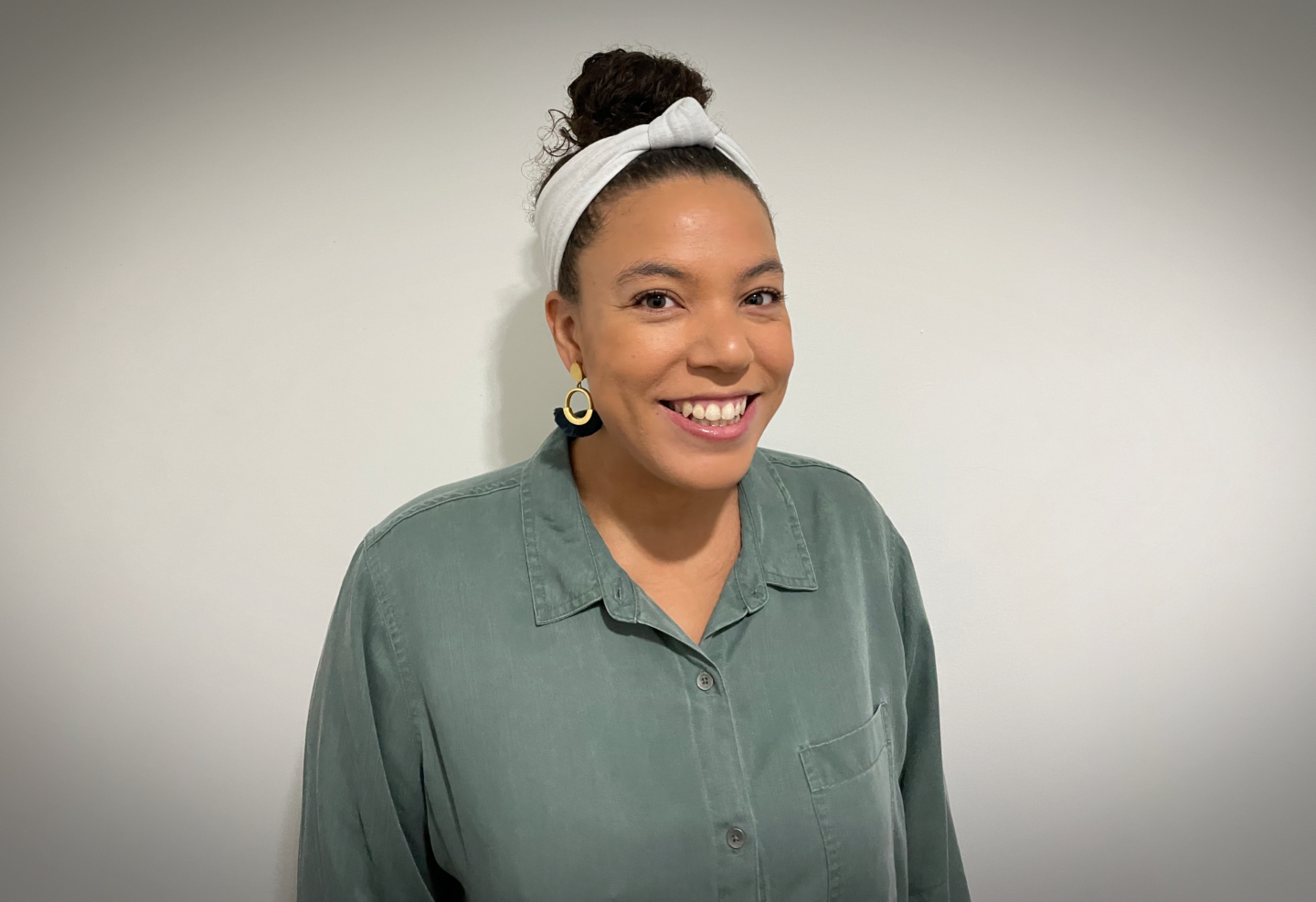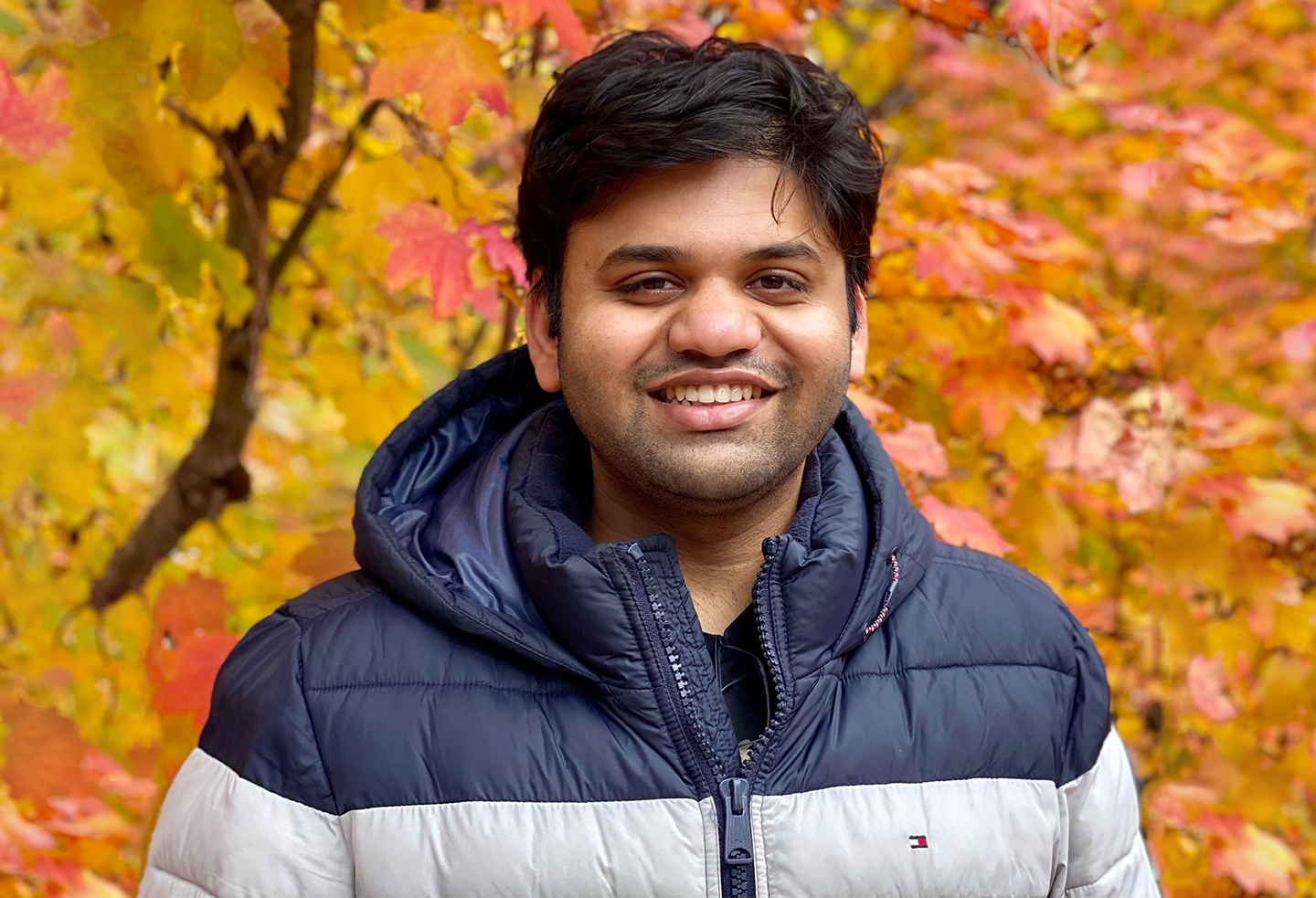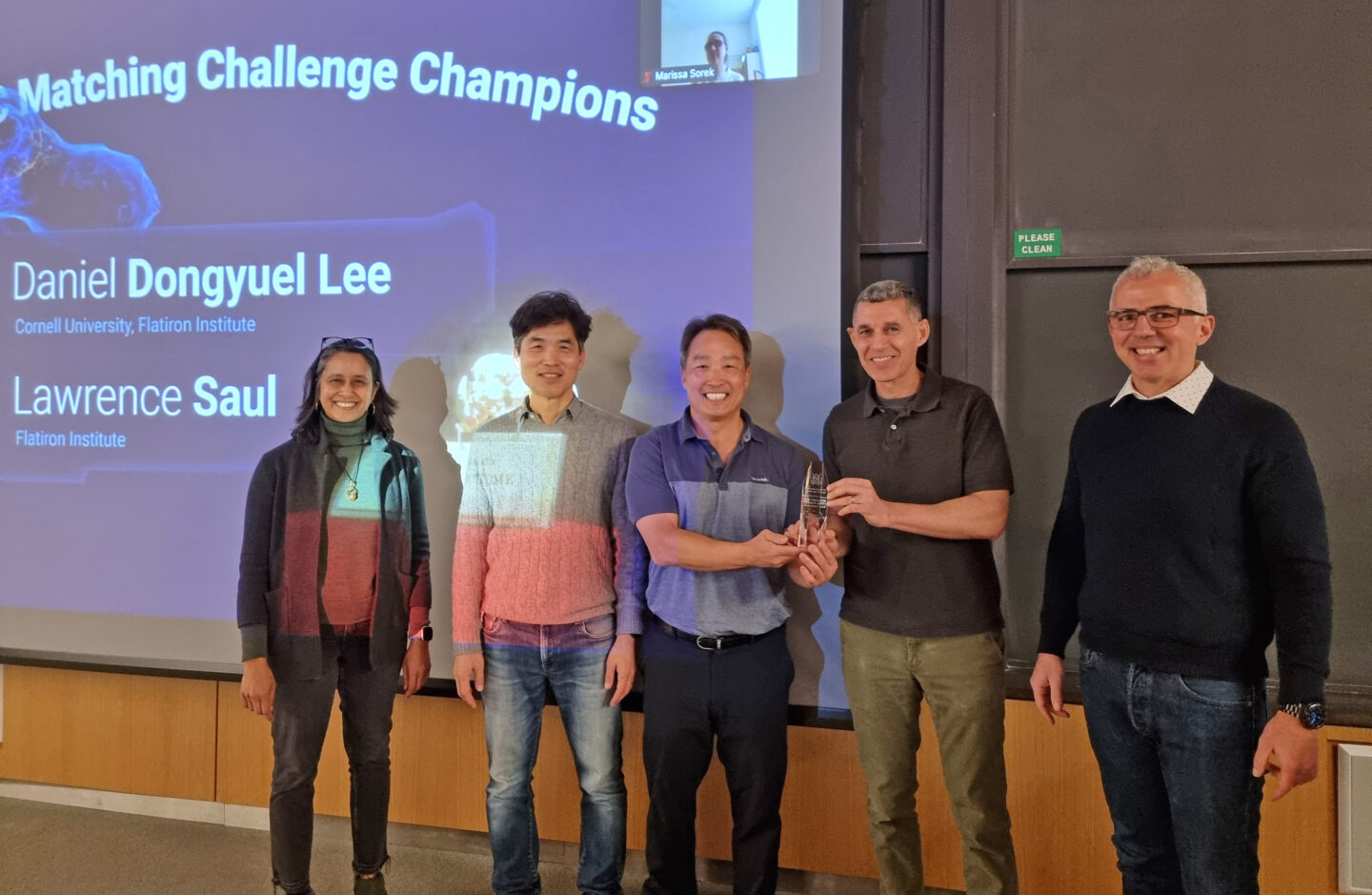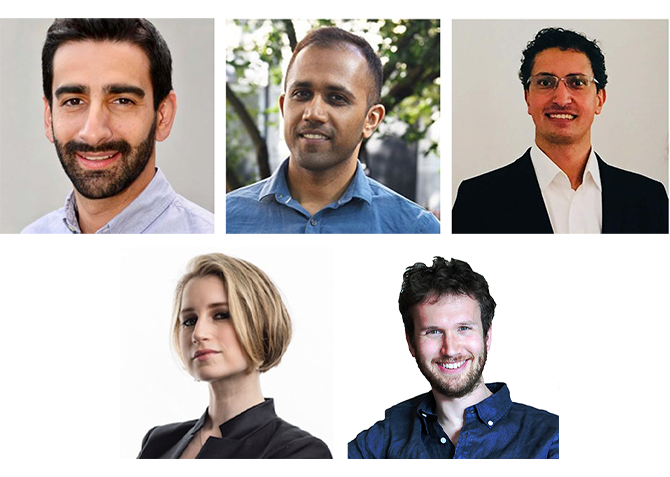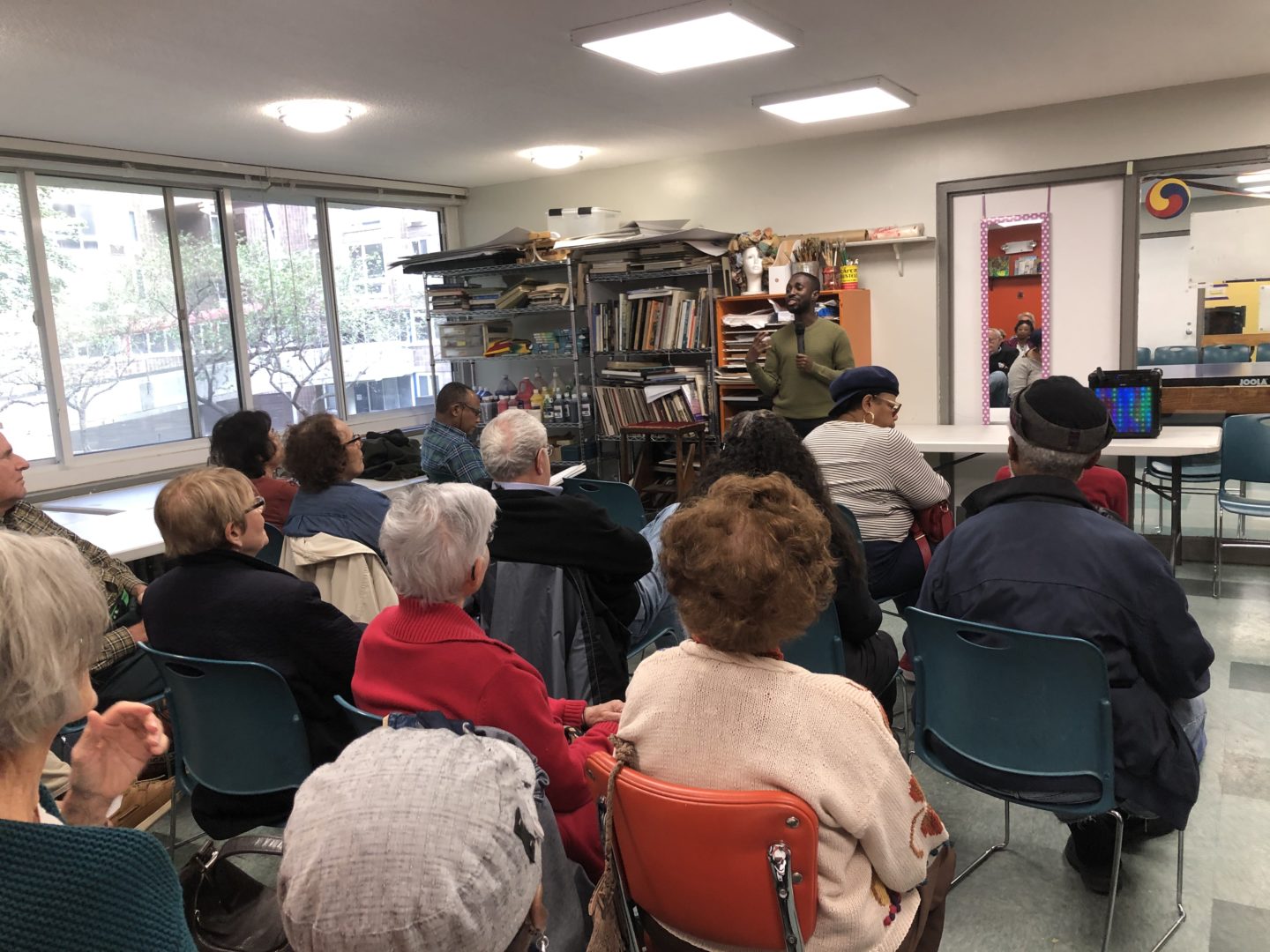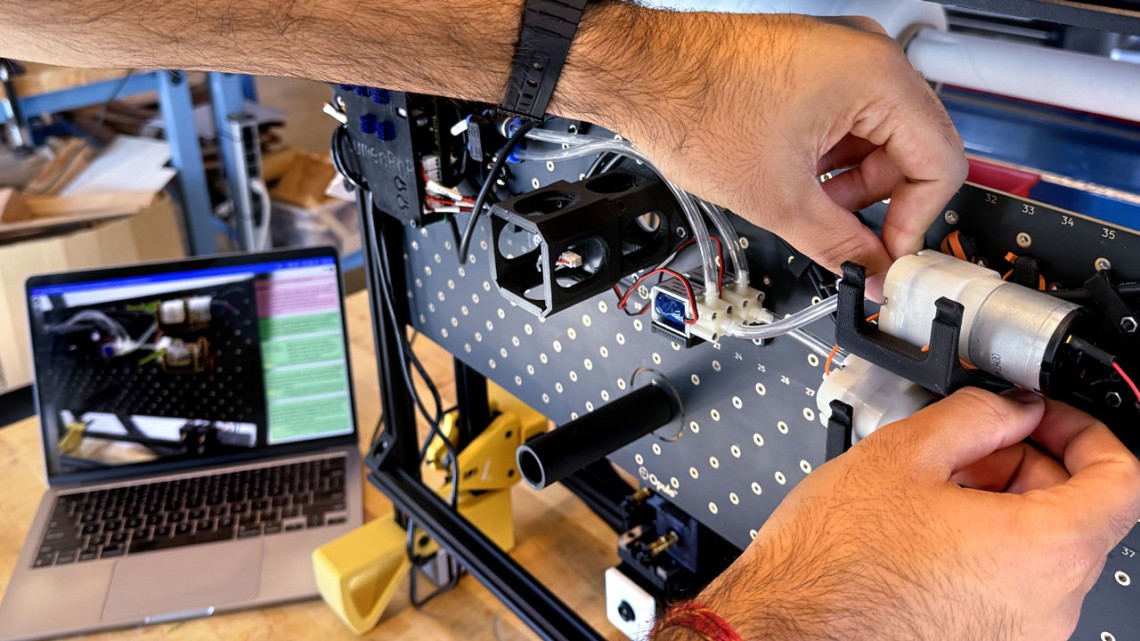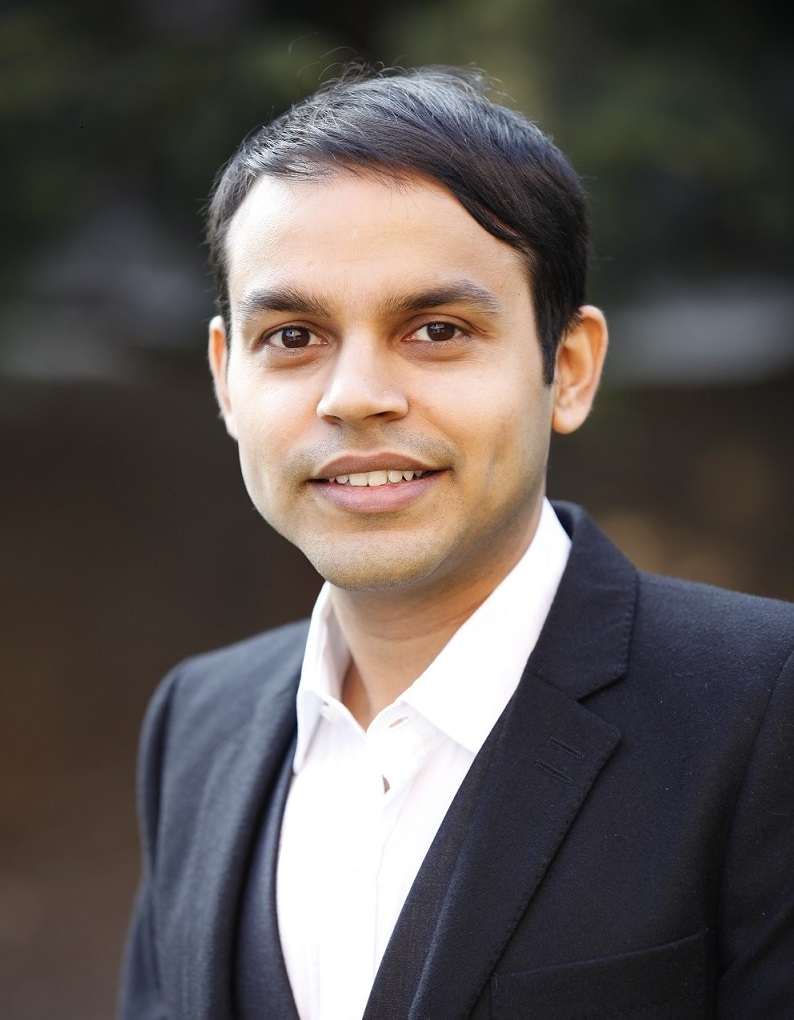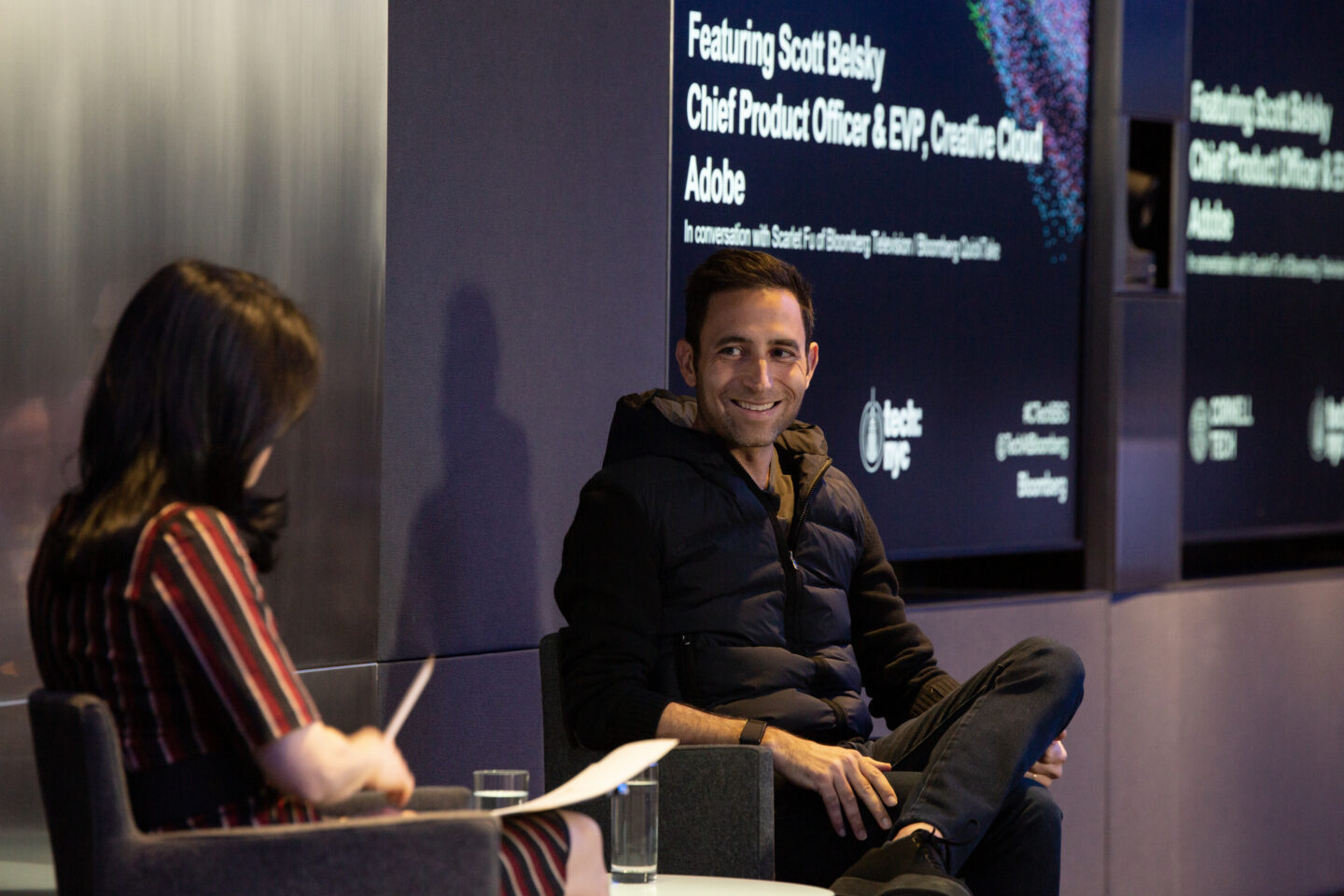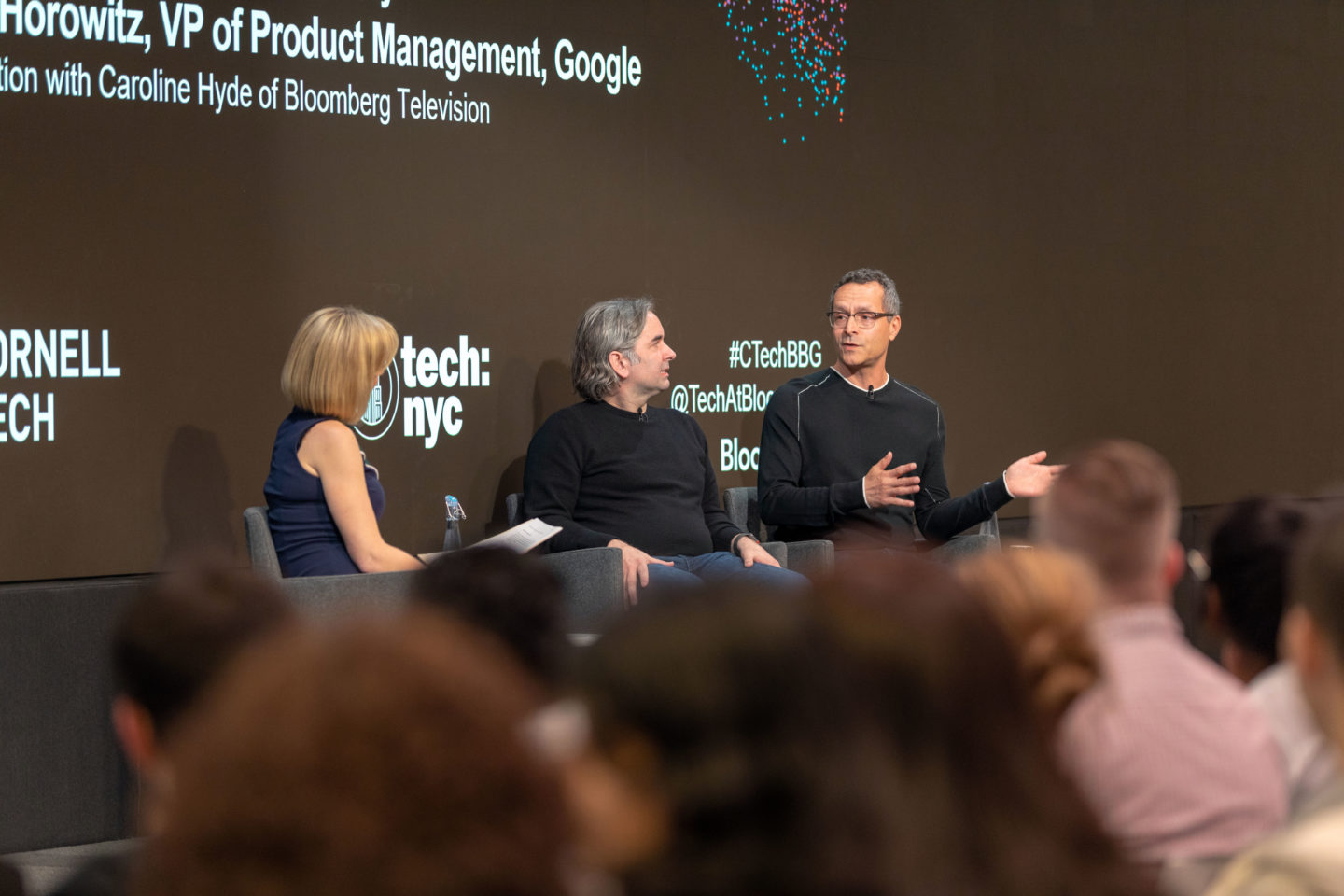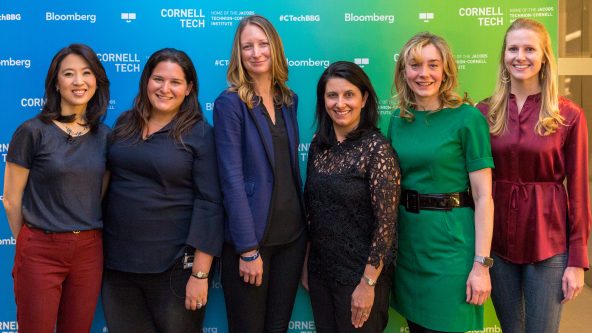Cornell Tech Celebrates Innovation and Entrepreneurship With May Events
Categories

To mark the end of this academic year, Cornell Tech will host a series of events in May to celebrate its campus culture. The campus, based in New York City, inspires successful startups and fosters interdisciplinary collaboration by bringing together scholars and experts in engineering, law, business, design, health, urban tech, media, and art.
From startup pitches and design exhibitions to inspiring panel discussions and a special tour in partnership with NYCxDESIGN, these events will highlight the groundbreaking work of Cornell Tech students and faculty. The events will provide a unique opportunity to engage with cutting-edge innovations shaping the future of various industries.
The series of events will include the 13th annual Startup Awards + Open Studio event on May 16. The event is Cornell’s largest, ending with the announcement of up to five $100,000 investment awards to student team winners, along with studio space and ongoing mentorship on campus.
“Cornell Tech looks forward to opportunities for engaging guests from across the city and around the world to experience what our unique campus is all about,” said Greg Morrisett, Jack and Rilla Neafsey Dean and Vice Provost at Cornell Tech. “Each event allows visitors to experience firsthand the innovative work of our students and faculty. We promise all who attend will leave impressed and inspired by what is happening on our campus.”
Since the Startup Awards began in 2015, 42 student teams have received this award from Cornell. This year, Cornell alumnus Andrew Ross Sorkin, New York Times columnist, author, producer, and co-anchor of CNBC’s Squawk Box, will serve as a member of the jury and will announce this year’s winning startup teams. He is also the co-creator of the drama “Billions.”
Below is a list of all of this year’s events. All events will take place this May on the Roosevelt Island campus and are open to the public (unless otherwise noted).
Cornell Tech
Roosevelt Island
2 West Loop Road
New York, NY 10044
Getting to Roosevelt Island is easy, and many options exist — by car, bus, train, air, or boat! Visitors can drive over the Roosevelt Island bridge from 36th Avenue in Queens or take public transportation via the New York City subway (F train to Roosevelt Island), the Roosevelt Island Tram (from 59th Street on the East Side of Manhattan), the Q102 bus from Long Island City or Astoria, Queens, or the ferry (Astoria route).
Cornell Tech Ventures: From Startups to Exits
Date: Thursday, May 1 (6:00 – 8:00 p.m.)
Tata Innovation Center, Room 591
Cornell Tech will host an evening of entrepreneurial insight at the Tata Innovation Center on Roosevelt Island, with an engaging discussion about navigating the complexities of startup exits. The event will feature entrepreneurs — alumni, Runway postdocs, and friends of Cornell Tech — who will delve into the nuances of building scalable ventures, executing exit strategies, and envisioning what comes after the exit. Moderated by Fernando Gómez-Baquero, director of Runway and Spinouts at Cornell Tech and the Jacobs Technion-Cornell Institute, the panel will explore the journey from launching a startup to the successful exit. The panel will feature real-world stories and strategic advice from seasoned founders and technology leaders.
Panelists:
- Dr. Fernando Gómez-Baquero, Director of Runway and Spinouts, Cornell Tech
- Tim Delisle ‘17, Founder and CEO, Fiveonefour; Founder, Datalogue (acquired by Nike)
- Dr. Shmuel Kliger, Founder, Causely; Founder, Turbonomic (acquired by IBM)
- Chris Kruger ‘19, Co-Founder, JARS AI; Co-founder, Otari (acquired by Peloton)
- Dr. Tomer Morad, In-Field Software Group Lead at the Hardware Analytics and Test (HAT) business unit at Synopsys; Co-founder, Concertio (acquired by Synopsys)
- Beth Xie, Director of New Technology Opportunities, Standard Industries; Co-founder and CEO, TaggPic (acquired by Google)
Cornell Tech MakerLAB Opening Celebration
Date: Friday, May 2 (10:00 – 11:30 a.m.)
Tata Innovation Center, First Floor MakerLAB
Join the Cornell Tech community and special guests for a breakfast celebration to mark the official opening of Cornell Tech’s impressive new MakerLAB on the first floor of the Tata Innovation Center. Enjoy demos by students, a tour led by the MakerLAB Director Niti Parikh, and a sneak peek of The Bridge — Cornell Tech’s new workspace for entrepreneurs.
Registration required; Invite only. Those interested in attending should contact news@tech.cornell.edu.
Cornell Tech @ Bloomberg Speaker Series Featuring Chris Hughes
Date: Wednesday, May 7 (5:30 – 8:00 p.m.)
Location is off campus: 120 Park Avenue, New York, NY 10017
Cornell Tech @ Bloomberg is a speaker series hosted by Bloomberg, in collaboration with Tech:NYC, that convenes leading figures in global technology for conversations. These talks cultivate new insights and raise compelling questions about the tech industry, bringing together Bloomberg employees, members of the Cornell Tech community, and members of New York’s greater technology sector to hear from entrepreneurs, investors, and thinkers. The speaker on May 7 will be economist and writer Chris Hughes.
In his new book, “Marketcrafters: The 100-Year Struggle to Shape the American Economy,” Hughes explores the modern history of American capitalism. He shares stories of those who successfully and unsuccessfully shaped markets. He also reveals how both political parties have consistently used markets to achieve their social and political goals — such as avoiding gasoline shortages, reducing inflation, fostering the American aviation and semiconductor industries, addressing climate change, and encouraging financial innovation. Hughes co-founded Facebook in 2004 and directed Barack Obama’s digital organizing efforts in 2008.
Spring 2025 Startup Awards + Open Studio Event
Date: Friday, May 16 (3:00 – 8:00 p.m.)
Outdoor Tent, Tata Innovation Center, and Other Locations
Celebrate the entrepreneurial spirit of Cornell Tech’s graduating class at the Spring 2025 Startup Awards + Open Studio event. This event will feature the presentation of pitches from top student startup teams, each vying for a $100,000 investment to help bring their pre-seed stage companies to life.
The event kicks off with an interactive demo space showcasing projects from across the Cornell Tech ecosystem. At 4 p.m., Jack and Rilla Neafsey Dean and Vice Provost Greg Morrisett will welcome everyone for the pitch presentations. Following the pitches, attendees will hear from students who have innovated within major companies, learning firsthand how they’ve navigated the challenges of building at scale and pitching to decision-makers.
The event concludes with an announcement of the winning startup teams by special guest and Cornell alumnus Andrew Ross Sorkin, followed by a networking reception where industry leaders, investors, and executives will celebrate the next generation of tech entrepreneurs.
Made in MakerLAB Exhibition (during NYCxDESIGN)
Dates: Friday, May 16 (3:00 – 8:00 p.m.) and May 19–21 (10:00 a.m. – 4:00 p.m.)
Tata Innovation Center, First Floor MakerLAB
Cornell Tech’s MakerLAB is a vibrant hub where creativity meets cutting-edge technology. The Made in MakerLAB exhibition invites attendees to explore a curated collection of innovative projects created by Cornell Tech students and researchers. Showcasing functional prototypes and hands-on solutions to real-world challenges, the exhibition highlights the power of design and technology to make tangible impact.
This year’s collection includes projects shaped not only by interdisciplinary collaboration on campus but also by engagements with community partners across New York City. Together, these works reflect Cornell Tech’s commitment to creating inclusive, purpose-driven innovation that connects campus creativity to broader civic and social contexts.
No registration required.
Design Tech Exhibition (during NYCxDESIGN)
Dates: Friday, May 16 (3:00 – 8:00 p.m.) and May 19–21 (10:00 a.m. – 4:00 p.m.)
Tata Innovation Center, First Floor MakerLAB
Cornell’s multicollege Design Tech department, led by Arthur L. and Isabel B. Wiesenberger Professor of Architecture and designer Jenny Sabin, is at the forefront of integrating technology with design to solve complex global challenges. This exhibition will showcase the innovative projects developed by Design Tech Innovation Fellows, Design Tech faculty, and Design Technology students, emphasizing the department’s interdisciplinary approach to problem-solving.
Projects range from sustainable architecture solutions aimed at reducing carbon footprints to advancements in 3D printing that could revolutionize space exploration. Through the application of cutting-edge technologies like computational design, robotics, and materials science, Design Tech students are creating new pathways for addressing societal, environmental, and technological issues. The exhibition provides an in-depth look at how design thinking and technological innovation can tackle some of the most pressing issues of our time, offering a glimpse into the future of both design and technology.
No registration required.
Cornell Tech Studio Visit With Backslash Artist Noah Feehan
Date: Tuesday, May 20 (3:00 – 4:00 p.m.)
Tata Innovation Center, Backslash Studio Room 251
Noah Feehan, a 2024 Backslash Artist at Cornell Tech, is collaborating with Associate Professor Wendy Ju on SWOON ROUTINE, a drone performance artwork currently in progress. During this event, Feehan will discuss this artwork as well as his overall creative practice, which is highly interdisciplinary and often puts the traditional in tension with the technical. For Backslash, Feehan is exploring the technical and social state-of-the-art in autonomous flight. He will be making video works involving custom telemetry firmware and carefully-crafted “first-person view” drone missions that seduce the viewer, addressing them directly and implicating them in the artmaking process. The main work involves special modifications to the open-source flight control software, facilitating an unhinged, heedless performance mode: a perpetual “swoon routine” in which the devices fully lose control and freefall, recovering at the last possible moment before destruction.
NYCxDESIGN Tour: Cornell Tech + FDR Four Freedoms State Park
Date: Tuesday, May 20 (4:00 – 6:00 p.m.)
Bloomberg Center Lobby (meeting point)
Join us for an exciting and educational tour that will take you through two of New York City’s most iconic and innovative locations — Cornell Tech and the FDR Four Freedoms State Park on Roosevelt Island. This event is designed to give attendees a unique perspective on both cutting-edge technology and the rich history that shaped our nation’s values.
The tour will include a guided exploration of Cornell Tech, a symbol of New York’s leadership in technological innovation. Attendees will gain insight into the sustainable design and forward-thinking facilities, which include the impressive Emma and Georgina Bloomberg Center, the Tata Innovation Center, The House, and the Verizon Executive Education Center.
The tour will also include an overview of FDR Four Freedoms State Park, located on the southern tip of Roosevelt Island, and just a short walk from the Cornell Tech campus. This serene and beautifully designed park is dedicated to the memory of President Franklin D. Roosevelt and his famous Four Freedoms speech, which articulated the fundamental rights all people deserve: freedom of speech, freedom of worship, freedom from want, and freedom from fear. At the Four Freedoms Park tour, attendees will learn about the history behind Roosevelt’s vision for a more just and peaceful world. The park’s design, crafted by architect Louis Kahn, is both monumental and contemplative, offering views of the Manhattan skyline, the East River, and the United Nations Headquarters.
The Park Conservancy’s CEO will explain the significance of the site, the symbolism in Kahn’s design, and the park’s role as a peaceful space for reflection and learning. This joint Cornell Tech and Four Freedoms Park Conservancy tour offers a unique blend of technological innovation and historical reflection, making it a must-attend event for anyone interested in New York City’s evolution and future. Whether you’re passionate about technology or history, this event will be an enriching and memorable experience.
Panel Discussion: The Future of the Intersection Between Design and Technology
Date: Tuesday, May 20 (6:00 – 7:00 p.m.)
Tata Innovation Center, Room 131
Join Jenny Sabin, Professor of Architecture and Chair of Cornell’s Department of Design Tech, and inaugural faculty and fellows, for an engaging panel discussion on the future of the intersection between design and technology. In conjunction with the Design Tech Open Studio Exhibition at Cornell Tech, this talk will explore how emerging technologies are transforming design practices and solving critical global challenges.
The new Department of Design Tech at Cornell University is a multicollege, transdisciplinary initiative. It pioneers innovation, research, and teaching on topics at the intersection of design and emerging technology that most greatly impact research, industry, and practice in a changing world. Bridging expertise and catalyzing exploration, innovation, and collaboration in emerging areas, including design + interactions, design + materials, and design + environments, Design Tech is a generator of new modes, methods, and applications that redefine design practice and research.
Cornell colleges participating in the Department of Design Tech include the College of Architecture, Art, and Planning (AAP), the Cornell Ann S. Bowers College of Computing and Information Science (Bowers CIS), Cornell Engineering, Cornell Human Ecology (CHE), and Cornell Tech in New York City.
Panelists
- Marcelo Coelho, Visiting Lecturer, Design Tech Innovation Fellow and Director of the Design Intelligence Lab, Massachusetts Institute of Technology
- Marirena Kladeftira, Visiting Lecturer and Design Tech Innovation Fellow, Cornell University
- Daniel Leithinger, Visiting Assistant Professor and Design Tech Innovation Fellow, Cornell University
- Wendy Ju, Associate Professor and Director of the Car Simulator Lab, Cornell Tech, the Jacobs Technion-Cornell Institute, and Cornell Ann S. Bowers College of Computing and Information Science
- Jenny Sabin, Arthur L. and Isabel B. Wiesenberger Professor and Chair of the Department of Design Tech, Cornell University College of Architecture, Art, and Planning
This event is part of the Design Tech Open Studio Exhibition at Cornell Tech, held at the MakerLAB in Cornell Tech’s Tata Innovation Center. Public hours for the exhibition are:
- Friday, May 16: 3:00 pm – 8:00 pm
- Monday, May 19: 10:00 am – 4:00 pm
- Tuesday, May 20: 10:00 am – 4:00 pm
- Wednesday, May 21: 10:00 am – 4:00 pm

